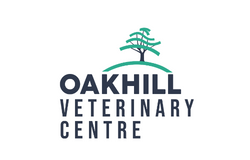CHANGES TO HOW WE CAN PRESCRIBE PRESCRIPTION-ONLY MEDICINES
On 1st September our regulatory body, the Royal College of Veterinary Surgeons (RCVS) introduced new guidance on prescribing prescription-only medicines.
The new guidance requires that a physical examination of your pet must be performed every time any antibiotics, antifungals, antivirals and antiparasiticides are prescribed.
The guidance is an important step towards ensuring responsible antimicrobial use and reduces the veterinary impact on the wider issues of global antibiotic resistance and decline in insect populations.
How will this affect you?
Your pet will need to come in for an in-person consultation and examination every time:
- That we need to prescribe antibiotics – whether in tablet form or in topicals (such as ear and eye preparations).
- We/you decide to change from one flea/worm/tick product to another or have not been seen within the last 12 months.
We are unable to dispense the above medications based on urine/faecal testing alone.
For long term prescription medication that is not an antimicrobial/antiparasitic, our usual policy of requiring an examination every 3 months continues to apply.
The consultations will be charged at our usual fees.
You can read the full guidance from the RCVS on their website.
365 CARE PLAN MEMBER?
Those on our 365 Care Plan will continue to have their check-ups and flea/tick and worm treatment provided by the plan. Find out more about the benefits of joining our 365 Care Plan!
